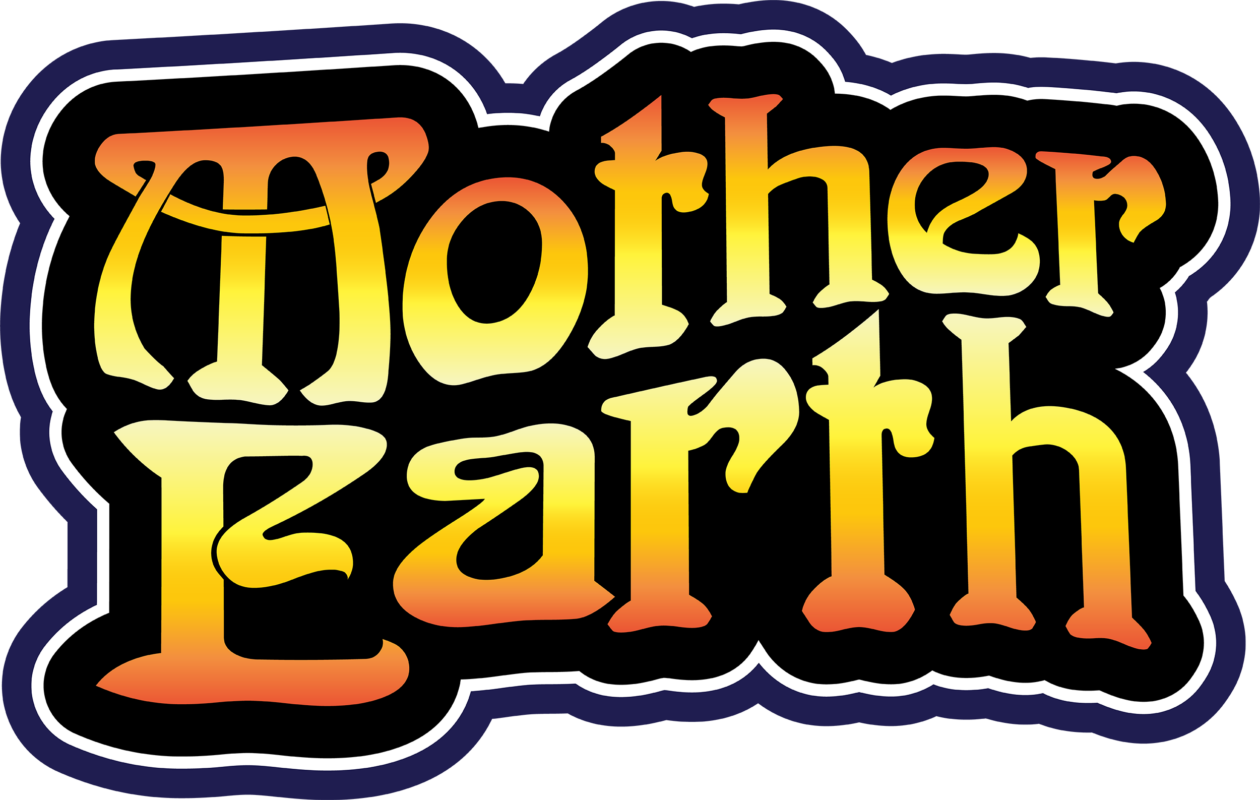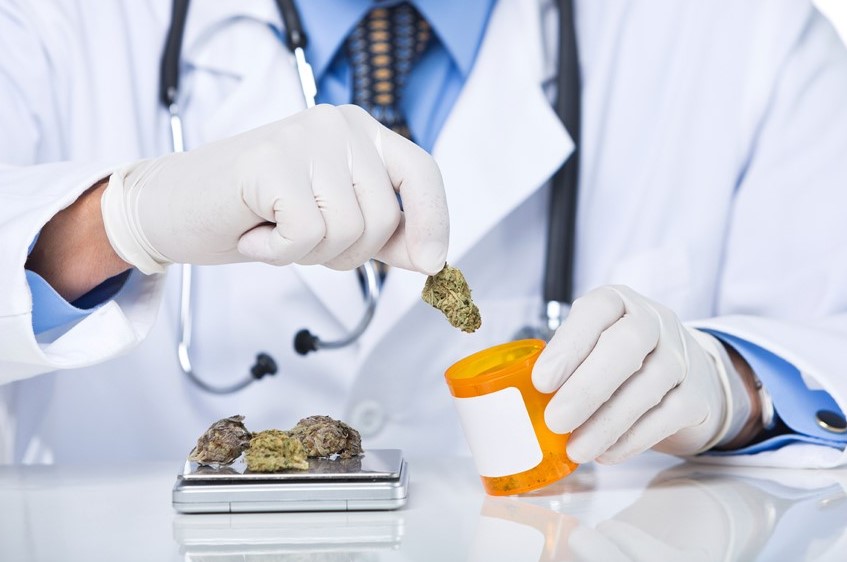Uncategorized
Medical Cannabis Guide
Medical cannabis, often known as medical marijuana, is a herbal drug produced from the Cannabis genus plants that is used in conjunction with the treatment of a certain symptom or disease. Even though cannabis refers specifically to the plant family, it is also sometimes used synonymously with marijuana, which refers to the crude drugs obtained from the leaves and flowers of the plants. While cannabis has been used medicinally as an analgesic (pain reliever) and antispasmodic agent for centuries, there was a long-standing ignorance among scientists and doctors regarding its medical advantages.
The discovery of the active ingredient tetrahydrocannabinol (THC) in the 1960s, as well as the finding of a system of endocannabinoid receptors and ligands in the late 1980s and early 1990s, triggered further study on cannabis and its extracts and derivatives’ therapeutic value. This research showed that cannabis can alleviate certain types of ailments, such as chronic pain, and led to the creation of herbal medical cannabis products.
Cannabis sativa plants are used to produce marijuana. For centuries, humans have utilized it as a herbal remedy, and presently people use it to treat ailments ranging from the mild to the serious. The federal government still considers it illegal, but some states allow it for specific health issues. One cannabis-derived drug product, cannabidiol (Epidiolex), has been authorized by the FDA to be used in the treatment of certain seizure disorders.
Medical Precautions
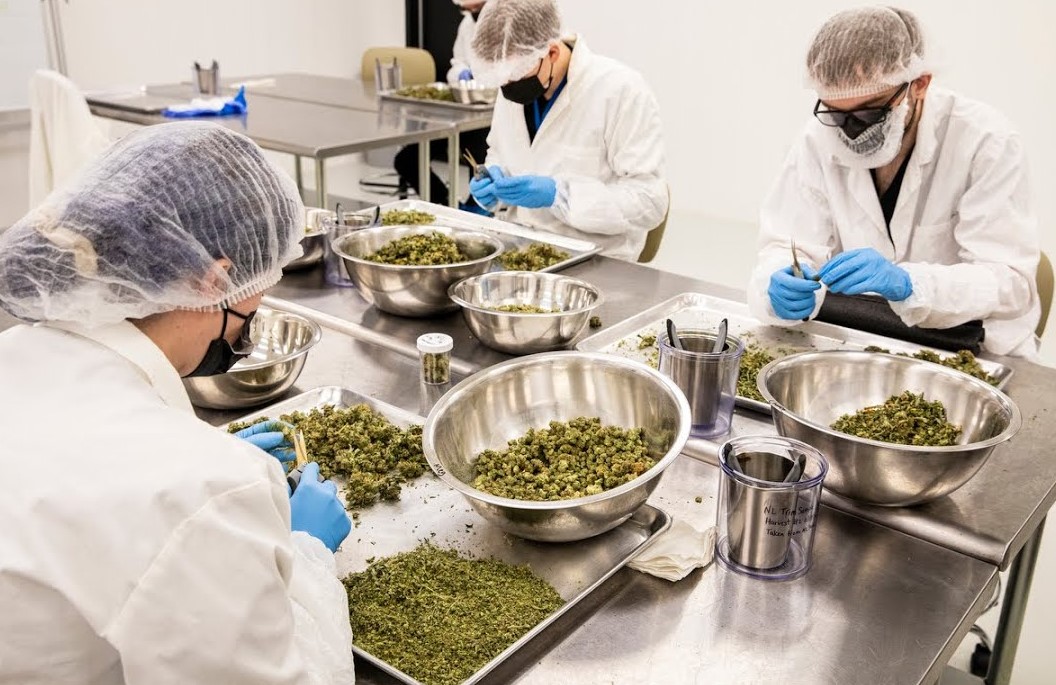
Although medical cannabis has some health benefits, there are numerous safety concerns. The potential of medical use leading to or transitioning to recreational usage is associated with adverse side effects ranging from moderate to chronic. Intoxication, slowed thinking and motor function, increased heart rate, anxiety, and psychosis are all acute effects. Chronic consequences include bronchitis (from smoked cannabis), psychological cannabis dependence, lack of motivation, and cognitive impairments. On average, these symptoms fade after a person stops using marijuana.
Cannabis, like all other medications, may interact with prescription drugs or over-the-counter medicines taken by patients. Cannabis is also contraindicated in people who have a personal or family history of psychosis, heart disease, or lung disease since the drug may be riskier and perhaps unsuitable. Physicians advise cannabis users not to use tobacco alone or in combination with the drug since it can cause drowsiness. They also recommend that individuals on medical marijuana avoid driving and using machines when taking doses. Aside from the potential synergy effect of cannabis combined with other psychotropic medicines such as sedatives and hypnotics, no significant drug-drug interactions have been discovered.
The major goal of medical cannabis usage is symptom alleviation and enhanced quality of life. Alternative medicines should be significantly reduced (if not completely stopped) if they are causing undesirable side effects. Clinical evidence of such outcomes is lacking, however, and it is still up to the treating doctor and patient to work toward mutually agreed-upon objectives.
Effectiveness of Medical Cannabis
Cannabis is typically consumed using a vaporizer, smoking, or eating edibles. However, none of these methods has been standardized, and the efficacy of edible cannabis preparations has never been studied in controlled trials. Marijuana cigarettes have been investigated in a small number of randomized controlled trials involving persons with neuropathic pain disorders. Patients exhibited an improvement in pain intensity at THC concentrations of 3.9 percent or higher in all of the studies. The subjects in the THC-free study were given a saline placebo. All cannabinoid components had been removed by alcohol extraction from the cannabis used in this experiment, resulting in a zero percent THC dosage as the control condition. Drowsiness, dizziness, and dry mouth were among the mild to severe adverse effects noted in these research. No significant or critical illnesses have been reported so far.
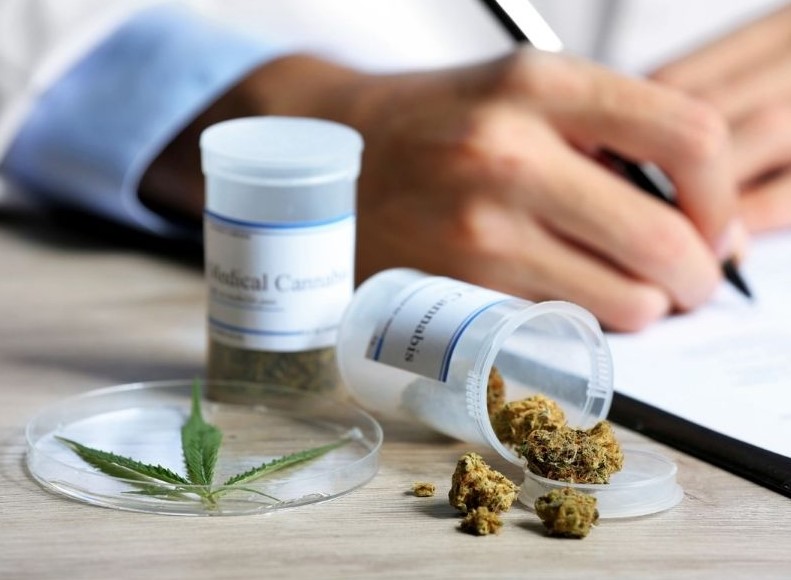
Key Ingredients
Cannabinoids are chemicals found in marijuana. Medical scientists frequently concentrate on the health advantages of two in particular: delta-9-tetrahydrocannabinol (THC) and cannabidiol (CBD). THC is the chemical that makes you high; CBD does not produce mind altering effects.
Forms of Medical Marijuana
There are a number of methods to utilize the drug. You can inhale a vaporized spray, smoke the leaves, take a pill or liquid, or cook them into meals. In terms of how often you should use them, how they will affect your symptoms, and possible side effects, all of the types differ.
How It Works in Your Body
When marijuana chemicals bind to receptors in cells, they have an impact. Cannabinoid receptors have been discovered in brain and immune system cell membranes. However, at this time, how the medicine affects them is unknown.
What Does It Treat?
State laws differ on the criteria for legally utilizing medical marijuana. However, you may be able to use it if you have Alzheimer’s disease, ALS, cancer, Crohn’s disease, epilepsy, seizures, hepatitis C, HIV AIDS , glaucoma , multiple sclerosis , posttraumatic stress disorder , chronic pain or severe nausea. But scientists are uncertain that it helps all of these ailments. It appears to be effective as a pain medication, in decreasing chemotherapy-induced vomiting and alleviating some MS symptoms.
Are There Risks of Medical Cannabis?
You should avoid smoking cannabis to prevent serious health hazards. It has been linked to breathing issues such as chronic cough and bronchitis. Cannabis use has been connected with car accidents in research. If you smoke it while pregnant, your baby’s health and development could be harmed. Pot also appears to increase the risk of developing psychotic illnesses such as schizophrenia.
FDA-Approved Versions
The FDA has approved three synthetic cannabis-related drug products, including Epidolex (cannabidiol) for the treatment of two uncommon epilepsies and Marinol (dronabinol), Syndros (dronabinol), and Cesamet (nabilone) for the treatment of chemotherapy-induced nausea. You may use a synthetic cannabinoid to treat nausea caused by chemotherapy, such as dronabinol or nabilone. Dronabinol can also help patients with AIDS gain weight.
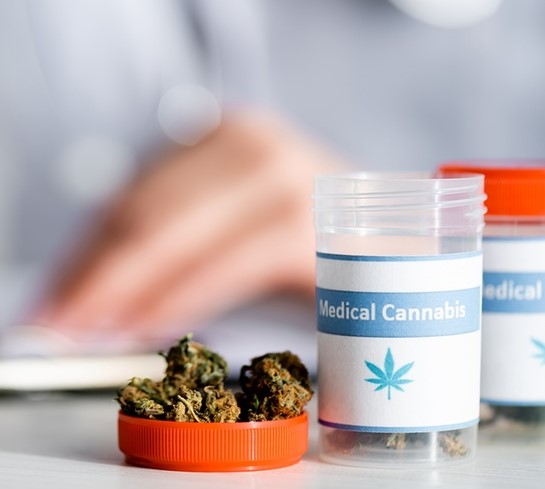
Laws in Conflict
California was the first state to legalize medical marijuana, doing so in 1996. As of March 2021, 36 states in the United States have adopted laws allowing it. (Recreational cannabis is also permitted in a number of jurisdictions.) However, the federal government still considers it a Schedule I drug, which has caused some consternation. Even if you have a prescription, the Transportation Security Administration will not allow you to carry cannabis in your luggage.
How Do You Get it?
Depending on where you reside, the rules may differ. You’ll generally need to see a doctor for a condition that your state has approved cannabis treatment for. You could receive an ID card. In certain regions, you may purchase goods from a dispensary or other shops called dispensaries.
Do People Become Addicted?
Doctors are unaware of the addiction danger for persons who take marijuana medicinally, and further research is needed. However, people who use marijuana to get high may develop substance abuse problems in the future. The most frequent issue is dependence. If you quit using marijuana, you’ll experience withdrawal symptoms. If you’re addicted – a much more serious condition – you won’t be able to function without it.
Why Don’t We Know More?
Despite the fact that cannabis has been used as a herbal remedy for centuries, there is little proof of its efficacy in many cases. Scientists demand large studies with defined standards before concluding, and much of the current research does not meet those criteria. Products have varying levels of strength, and measuring dosages is difficult, making it more difficult to evaluate the advantages of marijuana.
An Opioid Alternative?
Is cannabis capable of assisting with the problems caused by these powerful painkillers? Prescriptions for this pain medication have decreased in some jurisdictions, and researchers discovered a link to fewer overdose deaths. However, another research found a relationship between marijuana use and narcotic abuse. Scientists require more evidence before they can make a definitive judgment.
